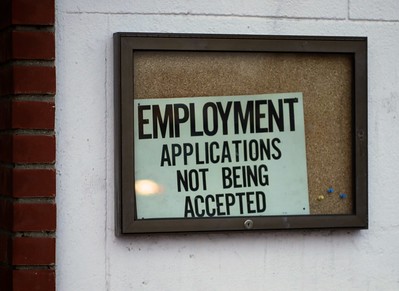Since WCC seems to have gone all-in on certificate programs, it is worthwhile to examine the credential’s value to the earner. But they should also have value to the community since the community heavily subsidizes these programs.
Certificates come in two flavors: short-term and long-term. Short-term certificate programs are those that a person can complete in less than 12 months. Long-term certificate programs require 12 months or more to complete. It is important to point out that a certificate is not a degree, nor is it a substitute for a degree – even though many people treat them as such.
The ostensible reason for offering a certificate program is placing workers into jobs quickly. While a certificate may allow a person to enter the workforce quickly, this isn’t – and shouldn’t be – the ultimate objective. Equipping a worker with a set of stable, marketable, and transferrable skills should be the more important goal. Further, any training should enable a worker to stay in the workforce and earn a living wage.
Unfortunately, the data don’t support the premise of stability or longevity in the workforce for workers who complete a certificate program. According to data collected by the National Center for Education Statistics in the 2016 Adult Training and Education Survey, workers who have earned some college credit but do not have a degree are 12.5% more likely to be underemployed and 28.5% more likely to be unemployed than workers with an associate degree. The study found that there is a direct relationship between a worker’s educational attainment and the likelihood that they will be fully employed.
Certificate programs don’t protect against unemployment, underemployment
For this reason alone, higher educational attainment among the workforce provides a greater return on the taxpayers’ investment in public education. In addition to reducing the percentage of workers who are unemployed or under-employed, higher educational attainment reduces the likelihood that a worker will involuntarily fill part-time and temporary jobs.
Workers with some college, no degree are 20% more likely to work part-time jobs involuntarily. This is significant because part-time and temporary roles typically do not offer benefits like health insurance. Lack of health insurance complicates workers’ access to routine and emergency medical care. It also increases the likelihood that the worker will accumulate medical bills that s/he cannot pay.
In 2016, insufficient educational attainment currently exposed about one-third of the workforce to higher rates of under-employment. Similarly, 41% of the workers in the survey whose educational attainment stopped short of an associate degree identified themselves as being unemployed.
Our community college should not endeavor to increase the number of students who leave it with a non-degree credential. We should roundly reject the premise that “a job, any job is better than no job.” Training that does not enable a worker to remain employed, move among employers in an industry, and/or earn a living wage through gainful employment tends to exacerbate the economic plight of without post-secondary degrees. Public higher education institutions should not be the primary source of training that leads to subsistence employment.
Photo Credit: Jeremy Sternberg, via Flickr




















